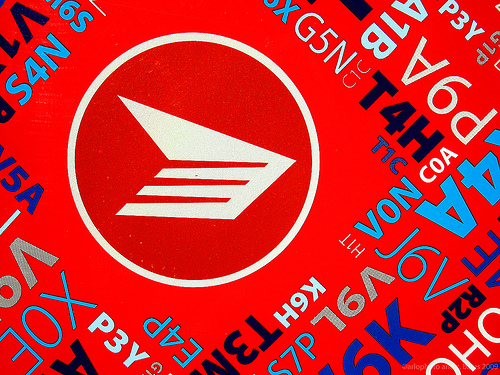Print Edition: June 10, 2011
By Amy Van Veen (The Cascade) – Email
 Even though Canadians live comfortably in a society where communication is easily passed through digital avenues, the importance of regular mail is something that cannot be replaced.
Even though Canadians live comfortably in a society where communication is easily passed through digital avenues, the importance of regular mail is something that cannot be replaced.
For the past seven months, Canada Post and its union workers have been in contract negotiations for around 50,000 staffers across Canada. According to the CBC, workers went on strike this week for the first time in the last 13 years. Unlike a general strike where all workers walk off, the union has chosen a rolling strike which allows consumers to be less affected while also slowly building pressure on the company itself.
According to Canada.com, Canada Post feels the need to cut costs related to postal workers because the rise of digital communication has made mail a less used means of communication. However, the union feels the need to negotiate parts of their contract related to the amount of new staffing and the high workload, as well as wages, pensions, and sick leaves.
The strike began at just before midnight on June 2 for a 24 hour period in Winnipeg, Manitoba, and then it moved to Hamilton, Ontario for a 48 hour strike. Although the rolling strike is going through these major urban sprawls, it does not include approximately 7000 suburban and rural workers who are still negotiating, but just outside of the rotating strike model (Bloomberg). Additionally, those who depend on certain government cheques, such as assistance and pensions, will be receiving them thanks to volunteers who have been approved by both Canada Post and the union, according to Canada.com.
Even though these strikes have been initiated, Jon Hamilton, a Canada Post spokesperson, reminded citizens that “it’s pretty much business as usual today across our network” (CBC). However, there is still fear that a general strike may be lingering behind this rotating model.
If such action is taken by the union, Canada.com has made a list of certain mailed items that will still be received by community members. Any federal government cheques will continue to be delivered as well as courier deliveries in the cities. However, if Canadians are expecting provincial government cheques, those would need to be picked up at local government offices. Canadians do need to be aware of the fact that during rotating strikes in certain areas and (if it were to occur) a general strike, any personal mail, bills, statements from banks, credit cards, and insurance businesses, and most rural courier deliveries will not be mailed.
Many companies, especially financial institutions, have come up with their own contingency plans. Consumers need to be mailed their debit and credit cards so, as Bloomberg reports, banks like TD will be using courier services to get these out to customers. They have also advised their members that payments still need to be made even if the statements are not received.
The last time the postal workers went on strike was in 1997, and after two weeks the government stepped in to enforce back-to-work legislation, according to the CBC, but so far for the current strike, the government has not expressed any intention to intervene.


